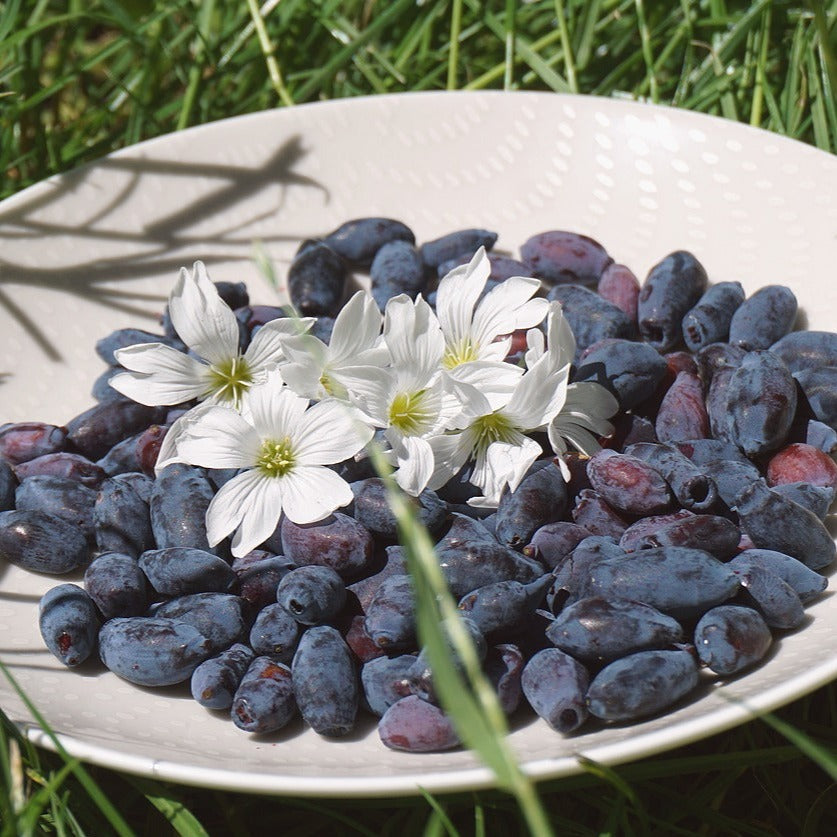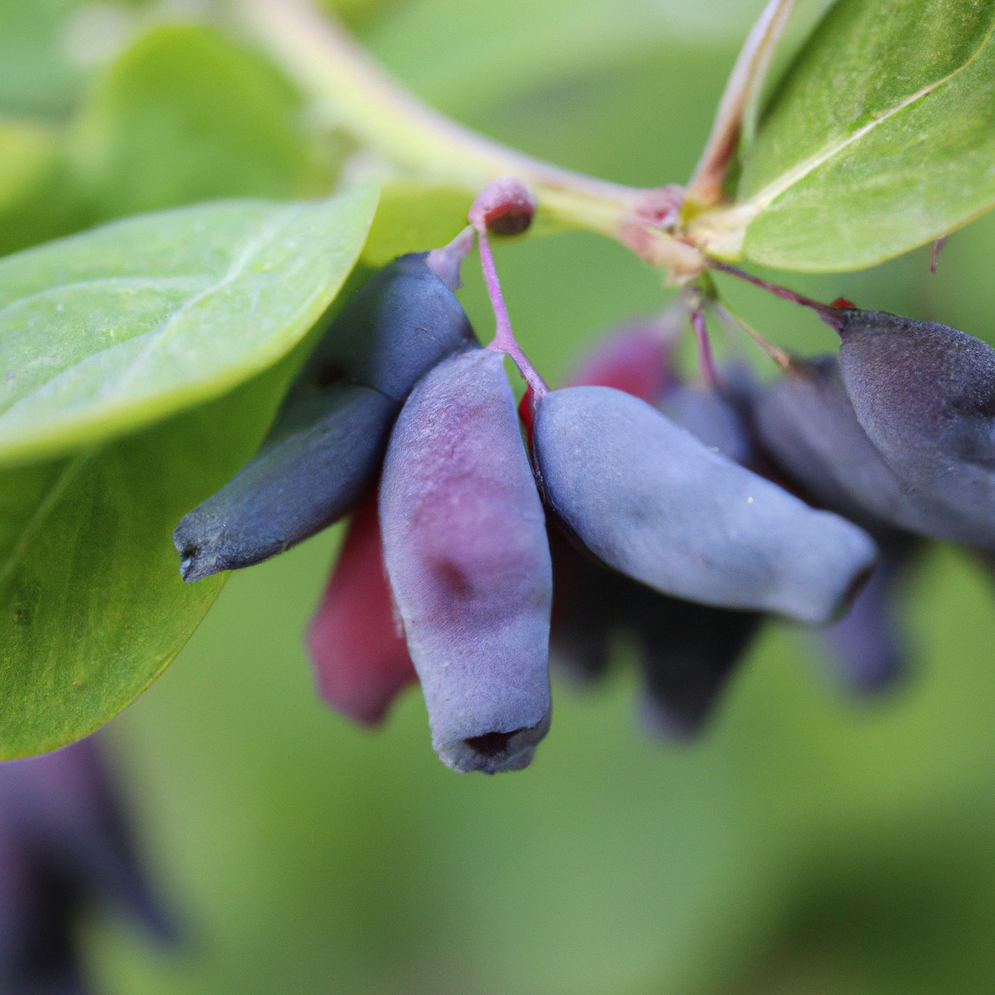The American Fig Company
Tundra Honeyberry
Tundra Honeyberry
Couldn't load pickup availability
The Tundra Honeyberry, Lonicera caerulea var. kamtschatica, is a must-have for any garden. This hardy shrub thrives in USDA zones 2 through 7, enduring temperatures as low as -50°F. It's incredibly adaptable, growing in a variety of soils with minimal care. Its compact size, reaching 3-4 feet in height and width, makes it perfect for any space.
In early spring, the Tundra Honeyberry captivates with fragrant white flowers, followed by a bounty of sweet and tangy berries by late June. These antioxidant-rich fruits are perfect for eating fresh, baking, or preserving. While self-fertile, planting alongside a different cultivar boosts its already generous yield of 5-7 pounds of fruit per plant.
With its beautiful foliage, delightful flowers, and delicious berries, the Tundra Honeyberry is a low-maintenance, high-reward plant that will enrich your garden and your table.
Latin Name: Lonicera caerulea var. kamtschatica
Site and Soil: Prefers full sun to partial shade and well-drained soil. Adaptable to sandy, loamy, and clay soils, with a slight preference for slightly acidic conditions (pH 5.0-7.0).
Pollination Requirements: Self-fertile, but benefits from planting with another cultivar for higher yields.
Hardiness: Hardy to USDA zone 2, enduring lows to -50°F. Requires winter chill for fruit setting, which may limit production in milder winters.
Bearing Age: Begins fruiting 1-2 years after planting, reaching full production by year 4.
Size at Maturity: Typically 4-6 feet tall and wide, potentially up to 8 feet with age. Pruning can maintain desired size and shape.
Bloom Time: Produces small, white, or pinkish flowers in early spring, before leaf emergence.
Ripening Time: Berries ripen in late June to early July, slightly earlier than blueberries.
Yield: Capable of producing 7-10 pounds of fruit per plant at full maturity, with potential increases when cross-pollinated.
Pests & Diseases: Generally resistant to pests and diseases, though may need protection from birds and fungal diseases in damp conditions.
USDA Zone: 2-7. Adaptable to a range of climates but requires a sufficient winter chill period for fruiting.
Share


Featured Review
"Great! Great! Great! Great! Great!"
✰✰✰✰✰
- JARREN -

